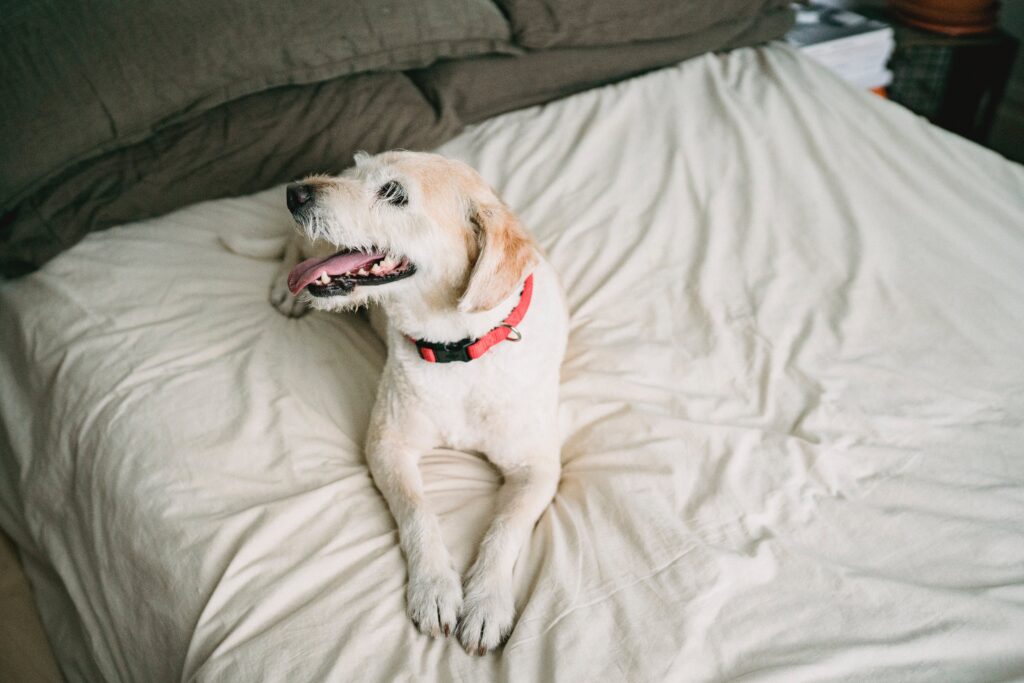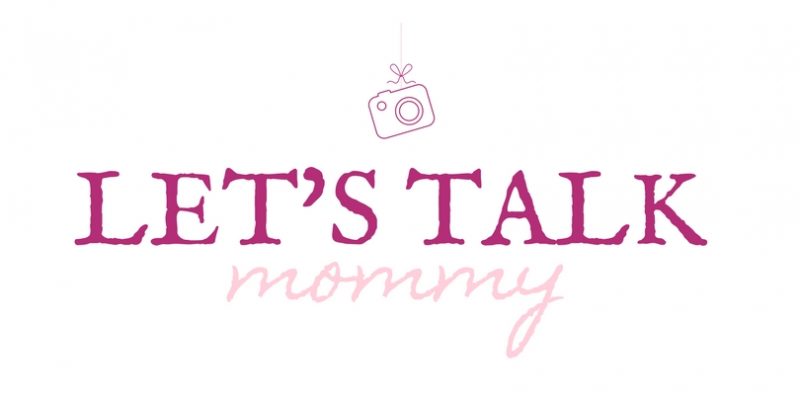At another early morning call time, as you prepare for another workday ahead, you may notice your canine companion following you around the house. While they look up at you with big round eyes and a vigorously wagging tail, you may almost be able to see what’s going on through their mind—they may be looking forward to spending more time with you at your designated work-from-home or WFH office. How do you help them deal with a change in this arrangement on the days that you actually need to work onsite?
Juggling between office hours and remote work may be challenging already, but it will undoubtedly become even more so if you add a dog to the mix. Any transition to a hybrid work setup will require a significant adjustment not just on your part, but on your dog’s. As you alternate between home and office, your dog’s routine may get shuffled up, leading to potential anxiety and behavioral changes. This will be a lot for you to have on your plate in addition to your regular work.
But remember that you and your pup are not alone in navigating the challenges of hybrid setups, and that many other households have been able to make it work. Here are some of the most effective dog care tips to learn from them:

1) Establish a Consistent Routine for Yourself and Your Dog
Given the relative inconsistency of a hybrid work environment, it’s best to establish a routine to help you and your dog adjust to your schedule. You can start by setting specific times for your dogs’ walks, meals, and play sessions. Among other things, this regularity will help your dog understand what to expect daily, which will reduce their anxiety and restlessness.
Maintaining a consistent schedule can also give your dog a sense of normalcy, even when your work location changes. For instance, a morning walk at the same time every day will help them adjust to your presence or absence more easily. You can be flexible in your routine; it’s the predictability of it that matters the most in the end.
2) Monitor Your Dog’s Health and Diet
Changes in a dog’s routine can also lead to changes in their health and diet, so you’ll want to observe your dog’s behavior to see if they’re adjusting well to the constant shifts in your work schedule.
Try to note any changes in their eating habits, sleeping habits, or energy levels. If, for example, you notice that you and your dog have fluctuating bedtimes as a result of your hybrid work arrangement, make improvements to your sleeping schedule by getting them proper dog beddings and guiding them through a more relaxed bedtime routine. Customize your dog beds for extra comfort, give your dog a comfy blanket to curl up in, and follow a consistent schedule for getting some shut-eye in, especially on weekdays.
3) Prioritize Exercise and Playtime
Regular exercise and play for your dog remain essential in a hybrid setup. This holds true especially if your presence at home leads to more sedentary days. To prevent your dog from storing pent-up, restless energy as they lounge inside your home all day, try to incorporate daily activities like walks or play sessions that fit your schedule and satisfy your dog’s needs.
A morning jog or a game of fetch can do wonders for your dog’s everyday wellbeing, which will lead to a more relaxed and content pet during your working hours. Overall, this will benefit your dog’s health and help minimize potentially disruptive behaviors.
4) Create a Comfortable Home Office Space for Them on WFH Days
It may initially seem like the better idea to create distance between you and your dog on days that you’re working from home, but in truth, you can still concentrate and stay productive if they’re with you in the same space. Locking them out of your home office may actually achieve the opposite effect, as they may bark, whine, or scratch the door and ultimately distract you even more from your tasks.
Help your dog feel secure and included by letting them have their own little corner in your home office. This space could be as simple as a comfortable bed or crate with some of their favorite toys. It will allow your dog to be near you without being underfoot, giving them a sense of belonging while you work. Once they’re calmly nestled in that space, you won’t have to worry as much about them interrupting important meetings or activities that require your full attention.
5) Promote Mental Stimulation Through Toys
For your canine companion, mental stimulation is as essential as physical exercise. The good thing is that many toys or gadgets can keep your dog’s mind active, even when you’re called into the office. Treat-dispensing balls and puzzle feeders with chew toy components, for example, can keep your dog busy during the hours that you’re away from them. They should come in particularly handy during lengthy conference calls or periods of intense work.
There are plenty of toys you can choose from based on your dog’s intelligence and interests. Keep a wide range of toys available to your dog so that they can be happy as you work and not bother you with any disruptive behavior.
6) Hire Daycare or Dog Walking Services
During your in-office days, you may also want to consider hiring professional dog walkers or dropping your pooch off in doggy daycare. These services will give your dog exercise, socialization, and perhaps a slight break from their routine that they’ll look forward to.
Dog daycare centers offer the added benefit of interaction with other dogs, which is excellent for their social skills. If there isn’t a daycare for pets near you, try hiring a dog walker for a midday stroll and asking them to take your pooch to appropriately dog-friendly places, like the dog park.
Balancing Your Duties as an Employee and as a Dog Owner
At first, a hybrid work schedule may be difficult for you to balance with your duties as a pet owner. But the tips listed above should make it a lot more doable, and after some time, you may even relish the unique type of flexibility a hybrid work schedule affords you and your dog. As long as you’re committed to being patient and adapting to your circumstances, it’ll be possible for you and your dog to truly find joy and comfort in each other’s company—no matter what your workday brings.






